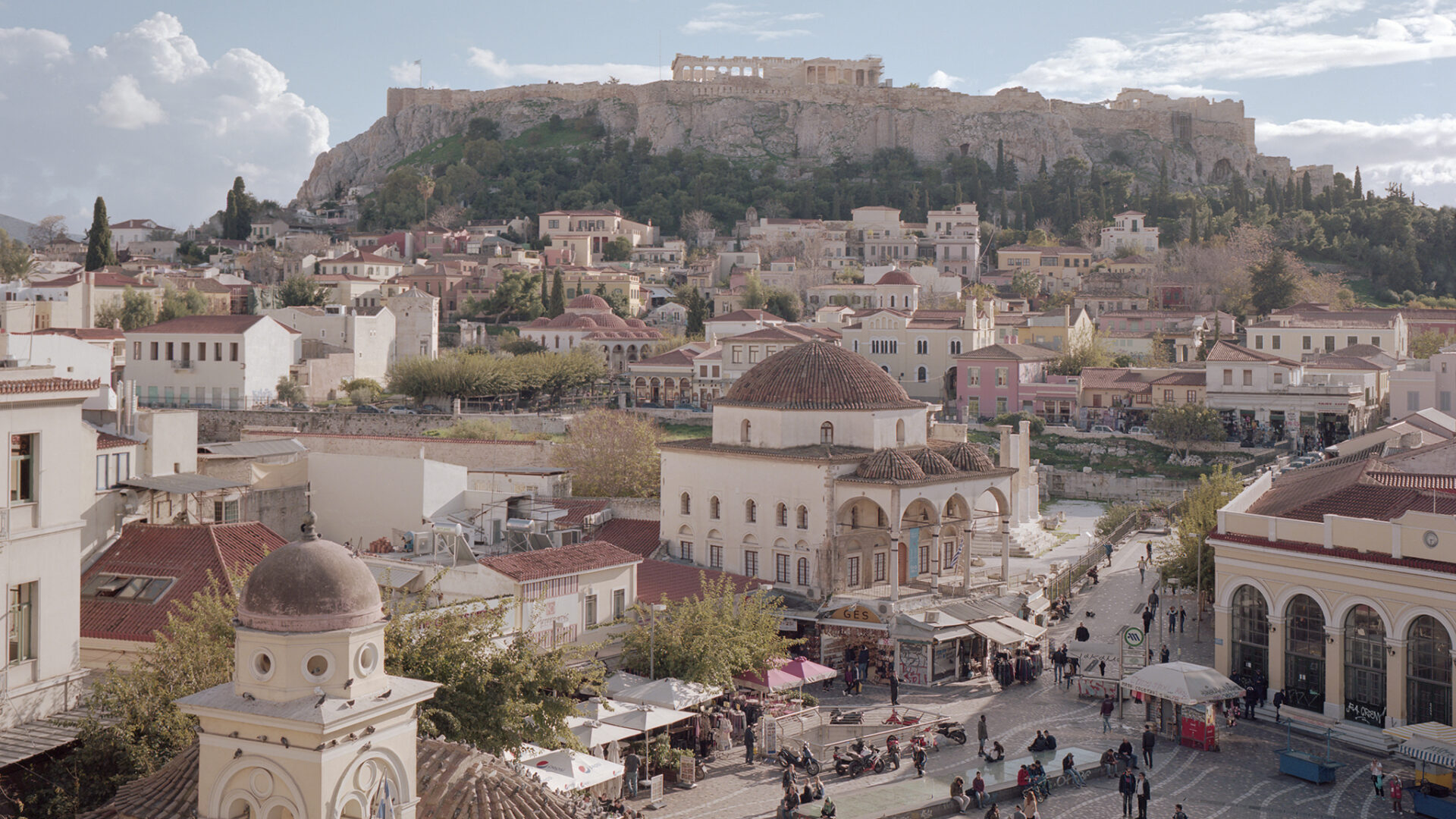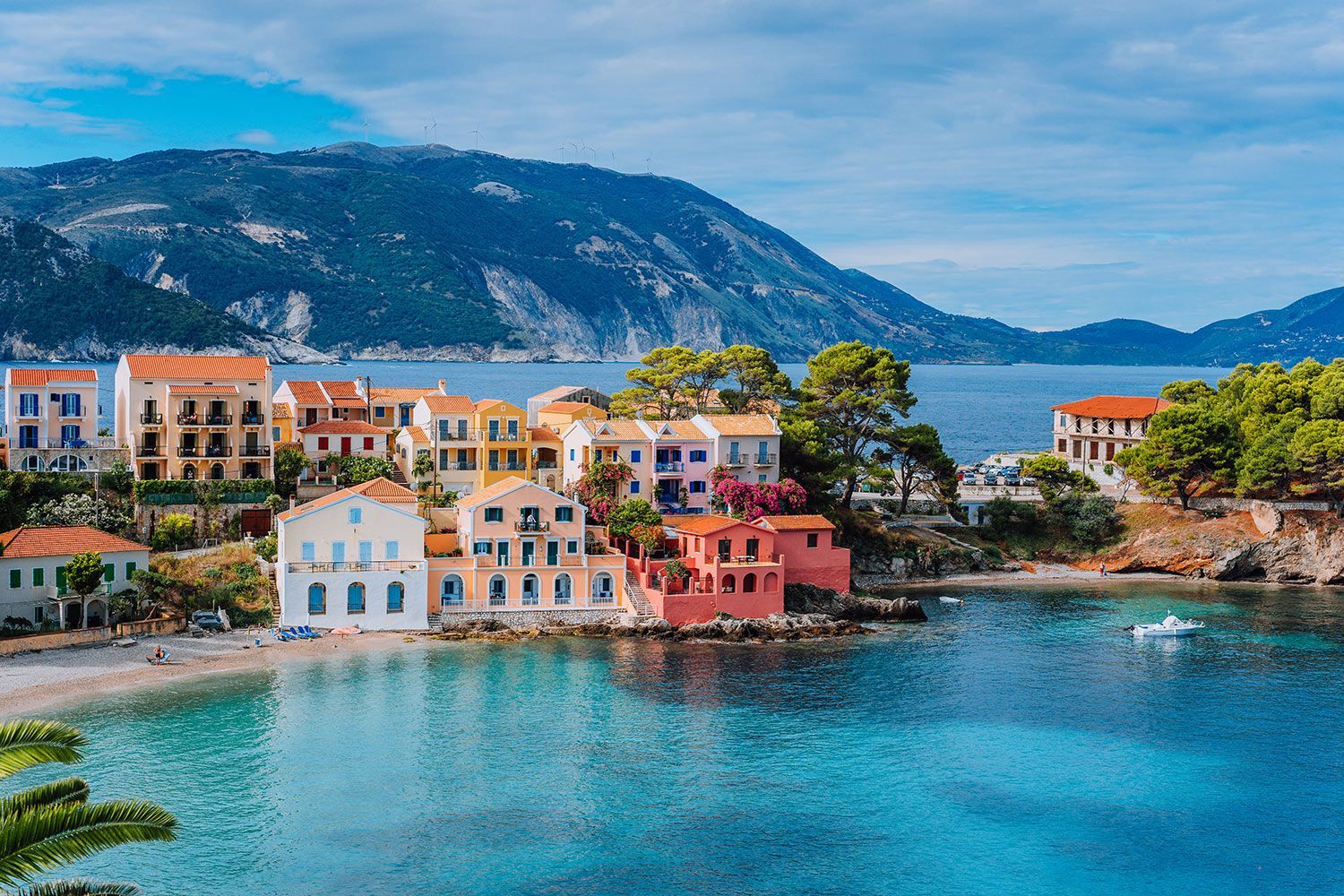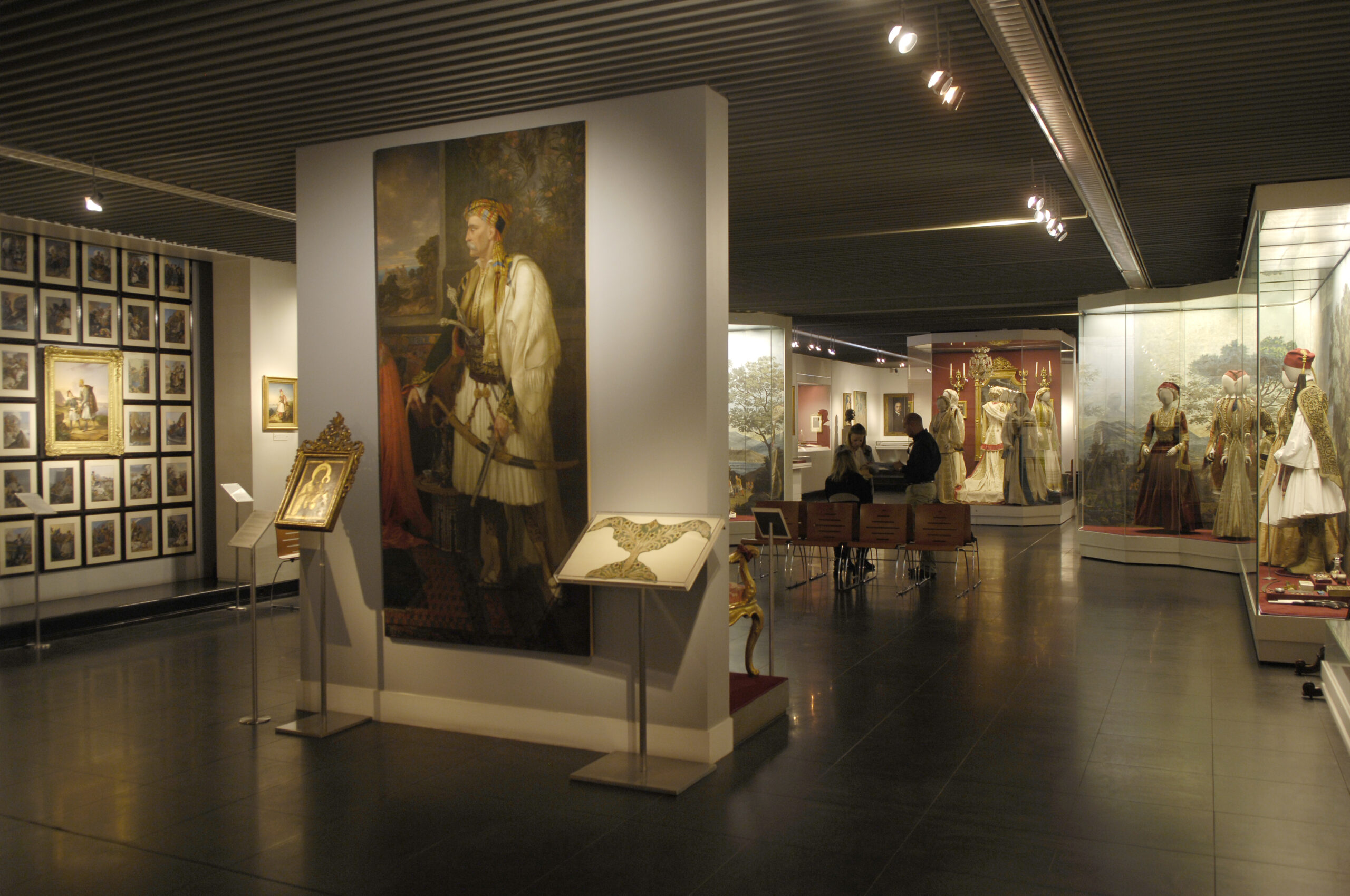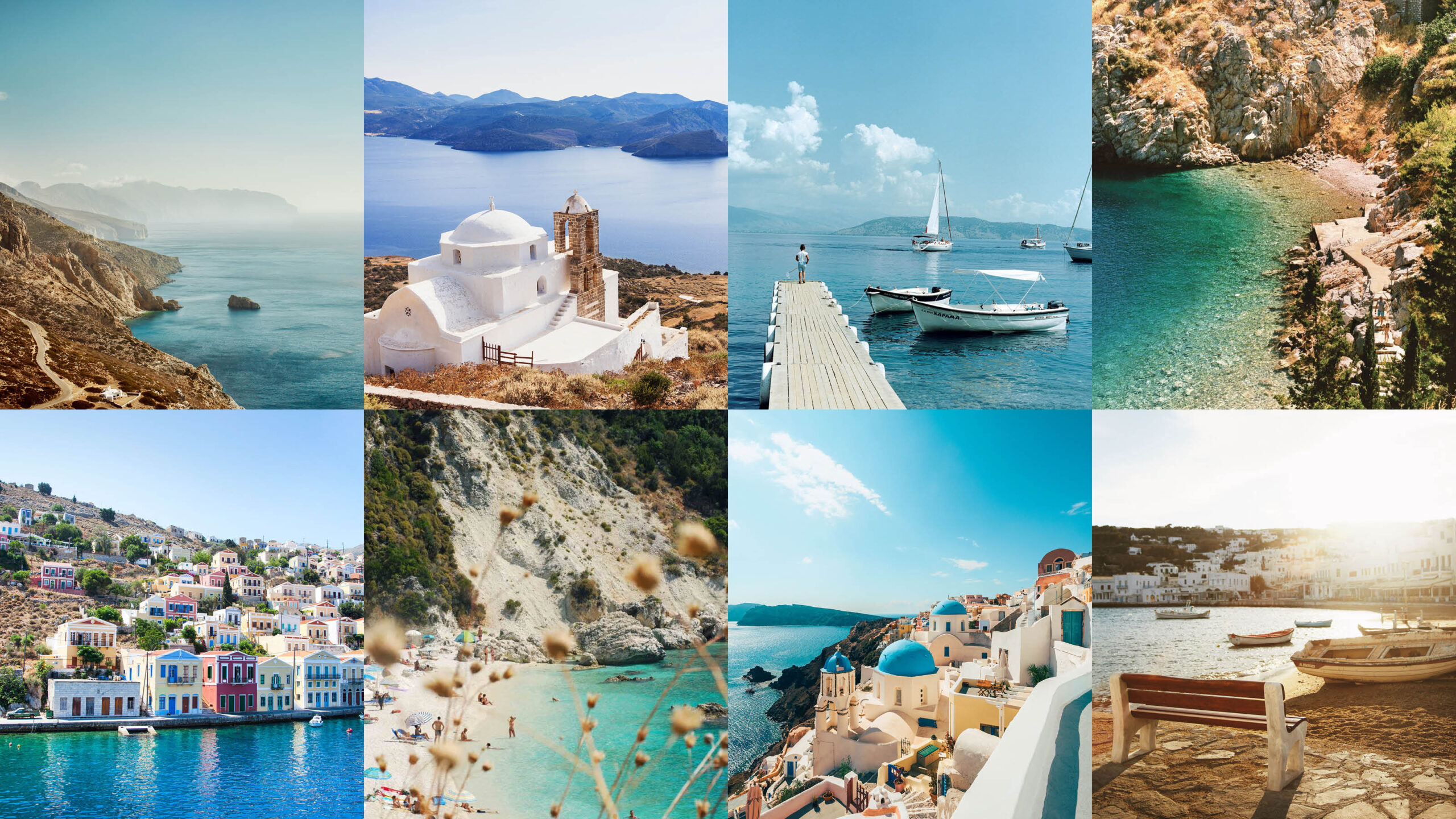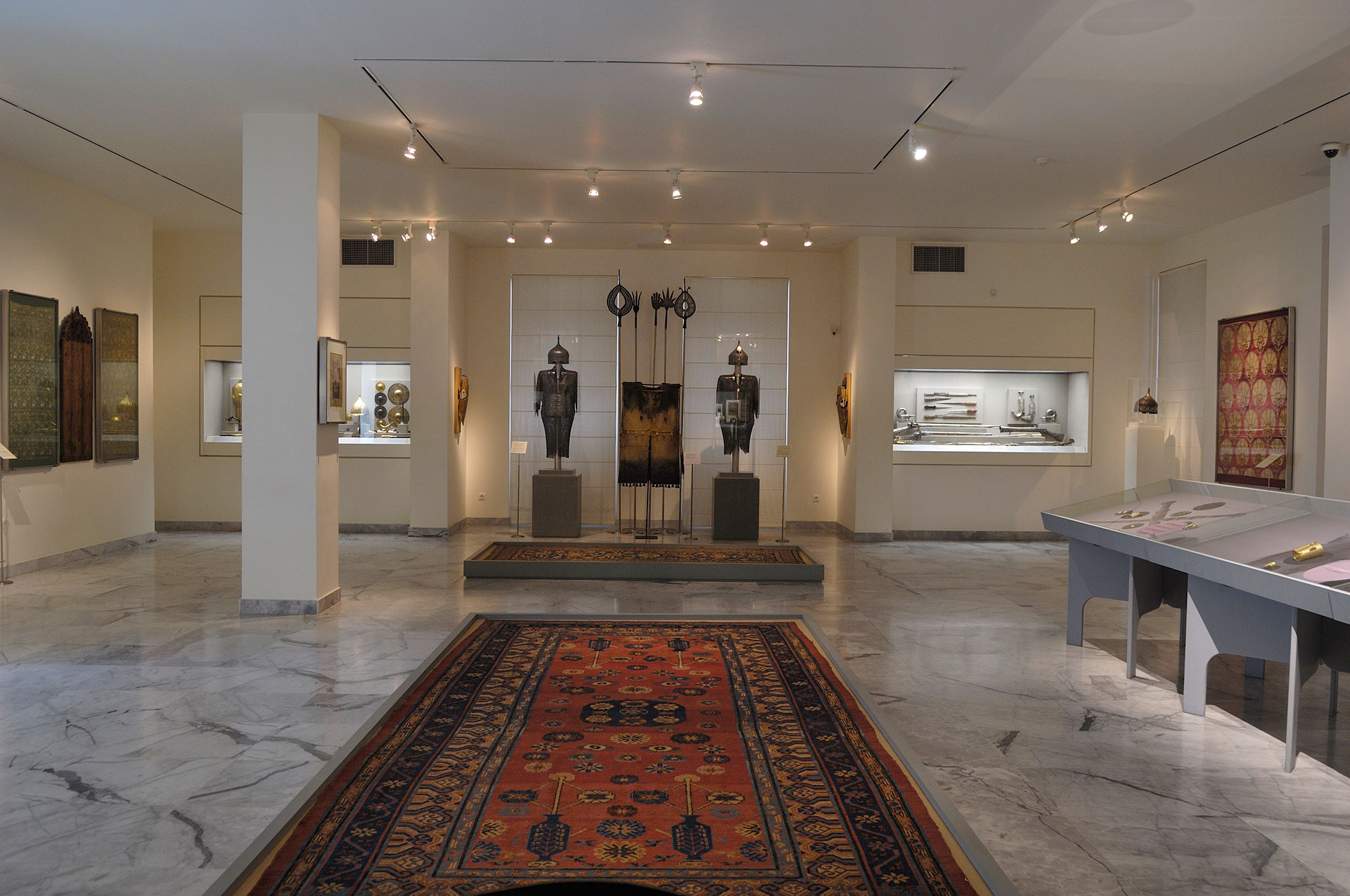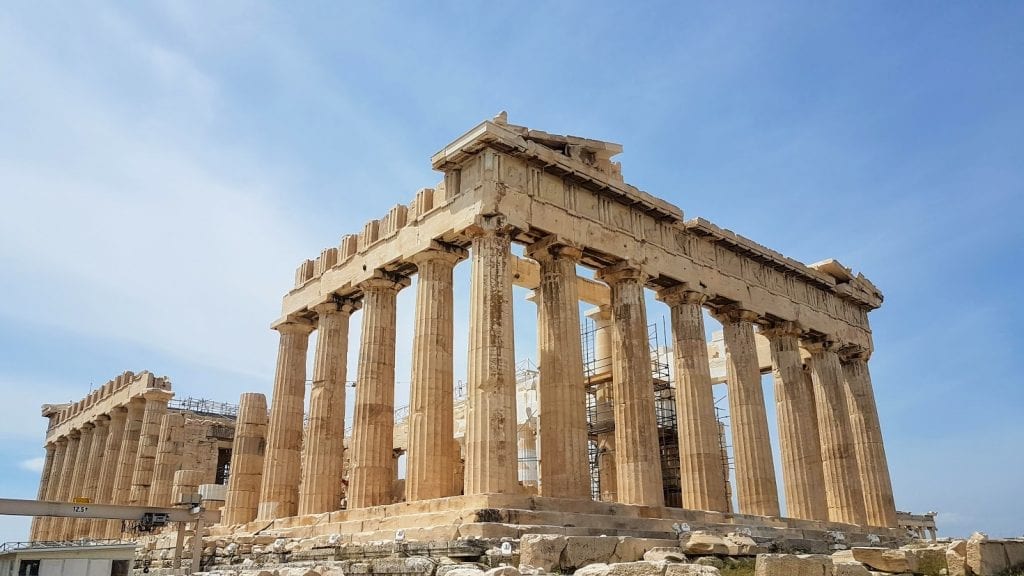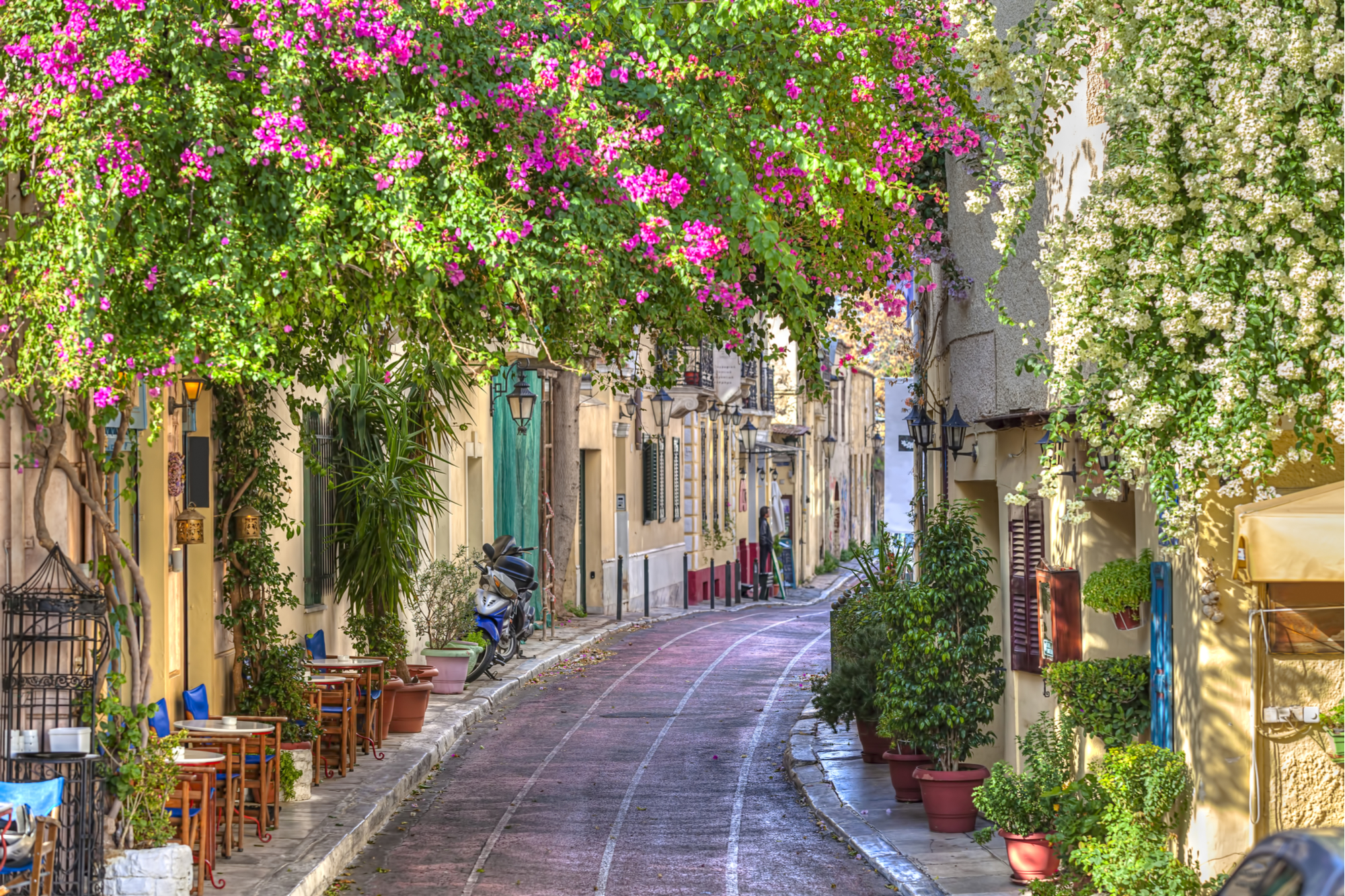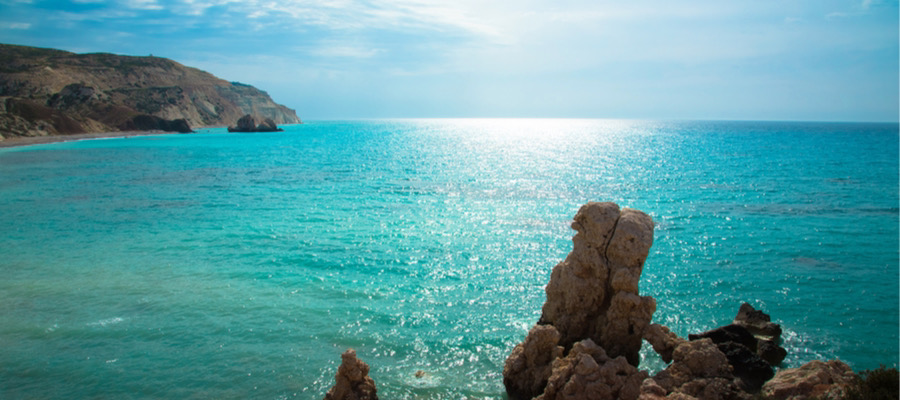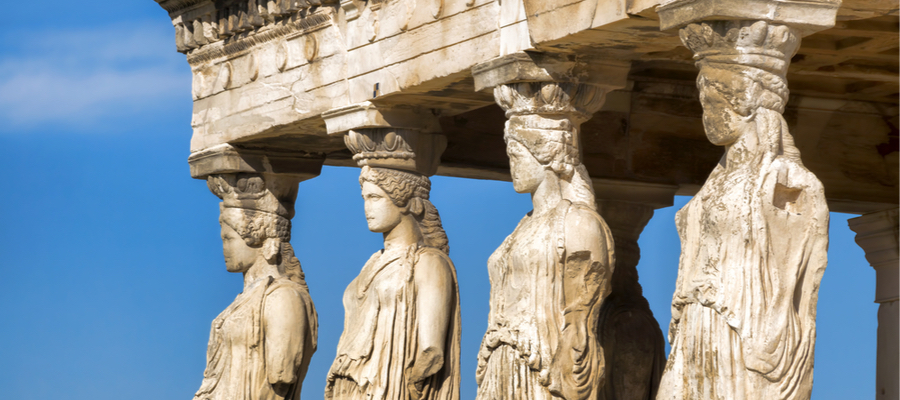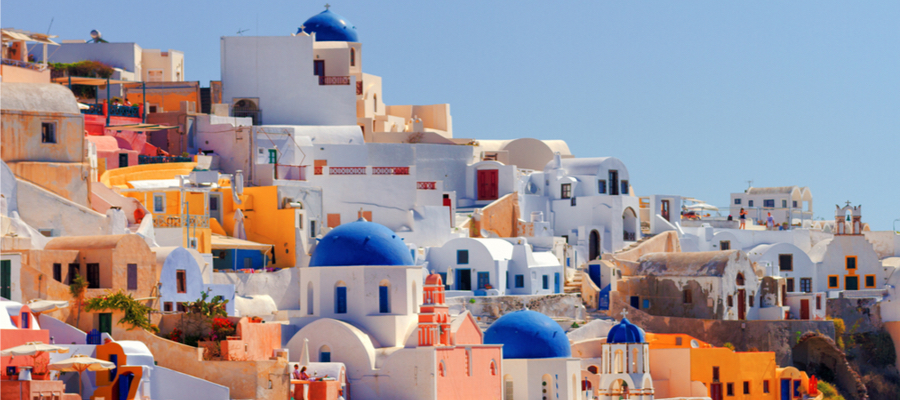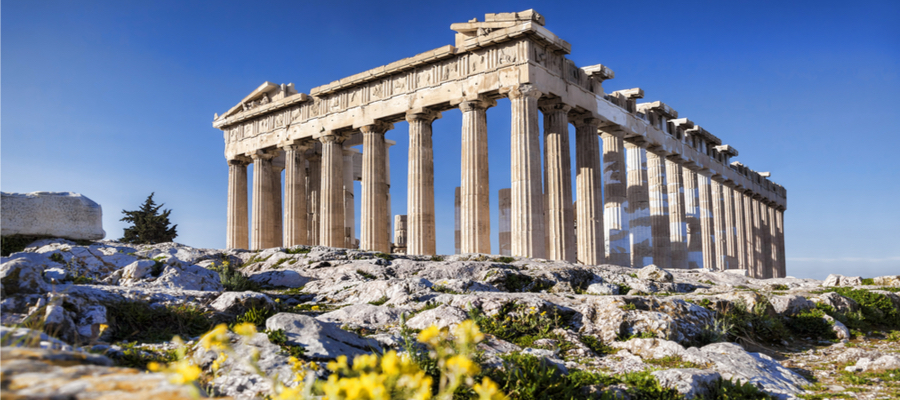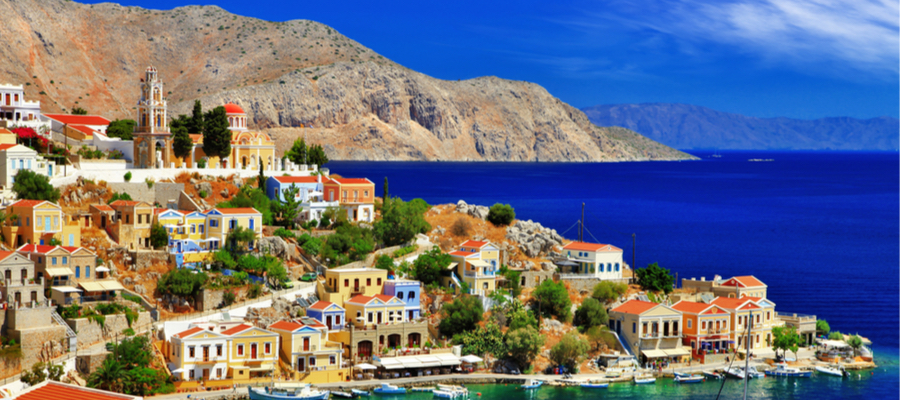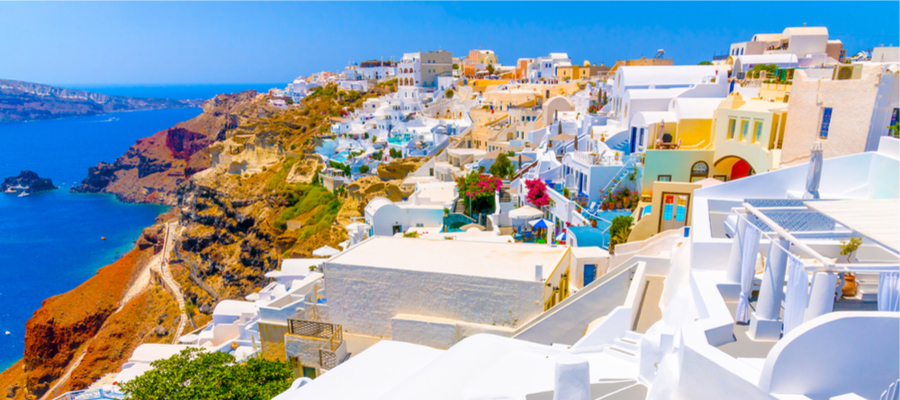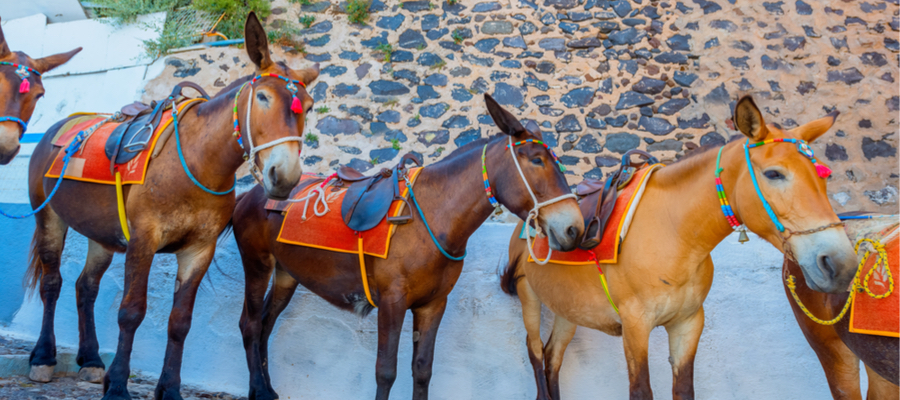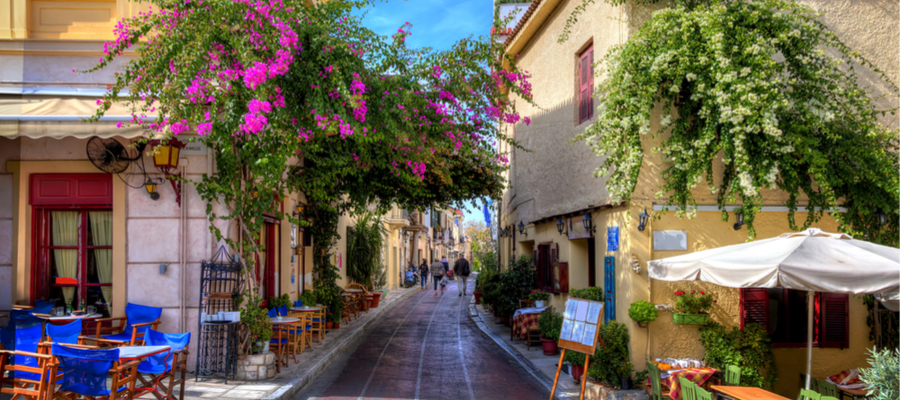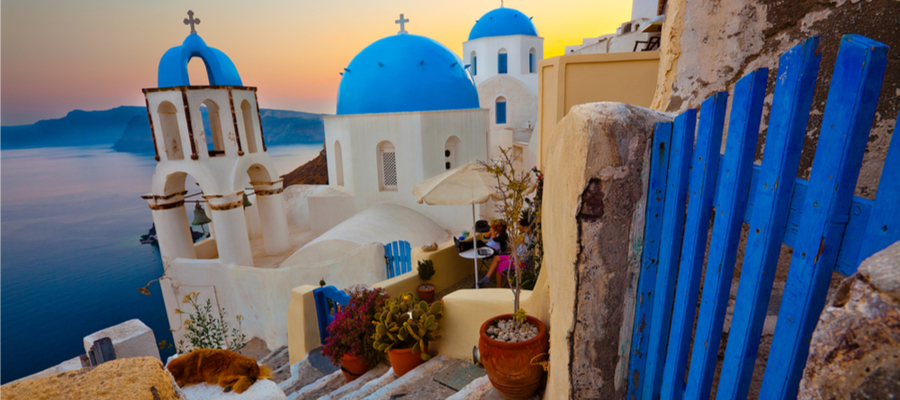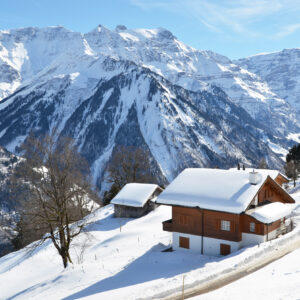Description
Itinerary as following :
Day 1. Athens ( Historical Old City & Bazaar )
Day 2. Athens ( Cultural & Islamic Heritage Tour )
Day 3. Athens ( Ancient Greek and Roman Heritage tour )
Day 4. Athens – Argolida – Athens
Day 5. Athens – Capo Sounion – Athens
Day 6. Athens – Mcarthur Designer Fashion Outlet – Athens
Day 7. Athens Airport
TOUR QUOTATION CONDITIONS & TERMS – 4**** HOTELS :
– Hotel : 4**** very good Hotels based on Bed & breakfast
– Meals : Half Board board Halal ( Halal Dinner ) Lunch will be indicated to Clients for Halal Food
– Transportation Private Car / Coach : Program from Day 1 from the Airport until the tour finishes on Day 7 at the Airport
– Taxes : All City Transportation Tourism Taxes & Person Tourist taxes
– Private Official GPG Guide : Program from Day 1 until the tour finishes Muslim Guide will be at the clients disposal during the full tour 24/7 and overnight at the same hotel as clients.
– Prayer : Facilities & Mosque and Muslim community visits and encounters during the full stay
– Entrances Fees : Included all sight visits mentioned in program
– Not included : Lunches / Tips / Private Insurances and any other personal expenses
All Tours start at the indicated date at 1pm afternoon – Clients who arrive a day earlier due to flight issues ( meaning 1 day before the tour day starts ) after informing us we will charge a 1 time additional supplement which includes the Hotel overnight & breakfast and Transfer from Airport to the Hotel .
TOUR QUOTATION CONDITIONS & TERMS :
LAND ARRANGEMENT ONLY / 4**** HOTELS / HALAL HALF BOARD / ALL ENTREES & VISITS / MUSLIM GUIDE / PRIVATE GROUP TRANSPORTATION
Important :“ We always accommodate our clients in 4**** Hotels , however depending on the season when the prices are high we keep the right to accommodate them in 3*** or to mix to avoid any sub charge to the clients due to the high season “
MONTHLY REGULAR GUARANTEED ARRIVAL
Full Itinerary
DAY 1 ATHENS AIRPORT – ATHENS
Meals : Exclusive Halal Half-board arrangements.
Sightseeing :After arrival at Athens International Airport we will start our journey throughout the beautiful scenery of Athens – Panoramic Tour of the city to the most beautiful spots of this beautiful City – Panoramic Tour through Kolonaki, Ermou, Voukourestiou Street, Monastiraki, and Plaka District – Free time for leisure and pleasure ..
After our prayers we will continue our journey while narrowing the Historical story where it all began…how Islam entered Greece The hub of the original Greek culture, Athens is a great place to visit. The city is one of the main cultural hubs in Europe and attracts visitors from all around the world. There are numerous historical sites across the city that travelers would love to visit. Athens is majorly recognized by the majestic Parthenon, which is also a well-known UNESCO World Heritage Site. The city also features a large number of museums that detail the history and culture of the area. The National Archaeological Museum and the New Acropolis Museum are interesting and must-visit places.
The two highest points of the city namely the Acropolis and Mount Lycabettus can be seen from all the places in the city. The Acropolis was the original town of Athens and was then fortified; today visitors can see its ruins. The site is a UNESCO World Heritage Site. From the Ancient Agora visitors can get an amazing view of the Acropolis. Athens also has some excellent green spaces and parks. The National Garden of Athens and the Parnitha National Park are especially excellent places to visit.
Just below the Acropolis is Plaka, a wonderful shopping destination in the city. There are numerous souvenir shops in Plaka where visitors can find a wide variety of items. Kolonaki is a high-end shopping destination with numerous artistic and upscale shops and boutiques. Ermou located off Syntagma Square is also good for shopping… A beautiful visit to this Lost Islamic Kingdom rich of Islamic History and Muslim roots – Dinner & Overnight in Athens.
DAY 2 ATHENS
Meals : Exclusive Halal Half-board arrangements.
Sightseeing :This Morning we will bring a visit to the beautiful Islamic Greece heritage Museum of ” Benaki ” .. The Museum of Islamic Art in Athens is a real gem of the city, which can help you to trace back to the formation of Islamic culture without leaving Greece. It was founded by Antonis Benakis in order to commemorate his father Emmanuel Benakis, who was a famous Athenian entrepreneur and a mayor some time later.
The Benaki Museum of Islamic art is located in a neoclassical building next to the Kerameikos cemetery and the Doric temple of Hephaestus. Once inside, visitors can better understand the changing cultural and political boundaries of Greece within the broader history of the Ottoman Empire.
An interesting fact: in 1996, during the reconstruction work, ruins had been discovered in the basement of the museum. Historians identified them as the remains of the ancient Athenian city wall and a sepulcher. Subsequently, the design of the Museum has undergone some changes, so that the newly discovered finds fit harmoniously into the existing ensemble and atmosphere.
The museum’s exposition includes more than 8000 items that date from the 7th to the 17th century. Among them, you can see:
- The ceramic plates come from the town of Iznik, which was the main supplier of dishes to the court of the Ottoman ruler in the 15th century. These ceramic products are characterized by blue cobalt with arabesques and palmettes of lotus flowers, which are an Ottoman version of the Iranian decor. Next to them, there are options of light turquoise and green colours. There are several different versions of dishes, so you can trace the gradual development of skills of craftsmen who improved their painting by depicting an increasing number of plants and flowers on the products. The town of Iznik also produced ceramic tiles for decorative or souvenir purposes. There are 6 tiles in the museum, on which the Holy mosque in Mecca is depicted. Such decorative items were created on the basis of miniatures from manuscripts and chronicles. Kaab is in the centre, and minarets, the pulpit, the Holy spring of Zamzam are all around, as well as kiosks of various religious schools — Hanafi, Maliki, Shafi. The verses in the Turkish language are at the top of them;
- A piece of marble floor from a 17th-century manor house in Cairo. A geometric pattern of multicoloured ornaments is typical of Egypt and Syria. There is a small fountain in the centre;
- Ottoman silk fabrics with gold embroidery and oval sections from the second half of the 16th century from Constantinople. Special attention should be paid to the version with gold and silver embroidery with palmettes of lotus flowers and thick leaves of the mid-16th century. This pattern is considered to be the best example of weaving skills of that time. It is embroidered according to sketches that were made by court artists. A similar ornament can be seen on two caftans, which are stored in the Tapkana Palace in Constantinople. They probably belonged to two sons of Suleiman the Magnificent;
- A wooden compass with the names of cities of the Ottoman Empire and with the image of the mosque in Mecca. This compass was made in Turkey in the 19th century;
- 240 pieces of jewelry were made by Iranian jewelers in the 19th century, most of which were purchased in the markets of Alexandria and Cairo. These things are characterized by the use of painted enamel and deriving subjects from European painting. The owner of the collection is Antonis Benakis’ own sister;
- A casket from Ketetahi. The symbols on the bottom and on the inner side probably indicate the owner. The nature of the painting helps to see the influence of Chinese painting on the Iranian masters. This piece was purchased from another Greek collector at an exhibition of Muslim art in 1929. It still has a sticker with the serial number on it;
- A decoration of a headdress with a portrait of Shah Fath-ali made of painted enamel that dates back to the end of the 18th century. Shah Fath-ali was an influential ruler and a famous patron of culture and art. His era was marked by the restoration of the Iranian monarchy’ power. The decoration has the shape of a crescent combined with the rising sun, which serves as the emblem of the Iranian honourable order of the sun, created by the emperor.
- Ceremonial colors that were used at the religious memorial feast of Ashura. At the Ashura ceremony the scenes of the martyr imam Hussein’s death are reproduced. Five rays symbolize the five members of the prophet Muhammad’s family: himself, his daughter Fatima, son-in-law Ali and his grandsons Hassan and Hussein.
After our Museum visit we will visit the grand Mosque & Islamic Center of Athens for our prayers and a meet and greet with the local community before we continue our journey..
Late afternoon after our prayers we will depart to the beautiful Acropolis.
The Acropolis of Athens and its monuments are universal symbols of the classical spirit and civilization and form the greatest architectural and artistic complex bequeathed by Greek Antiquity to the world. In the second half of the fifth century BC, Athens, following the victory against the Persians and the establishment of democracy, took a leading position amongst the other city-states of the ancient world.
In the age that followed, as thought and art flourished, an exceptional group of artists put into effect the ambitious plans of Athenian statesman Pericles and, under the inspired guidance of the sculptor Pheidias, transformed the rocky hill into a unique monument of thought and the arts.
The most important monuments were built during that time: the Parthenon, built by Ictinus, the Erechtheon, the Propylaea, the monumental entrance to the Acropolis, designed by Mnesicles and the small temple Athena Nike.
A beautiful visit to this Lost Islamic Kingdom rich of Islamic History and Muslim roots – Free time for Leisure & Tradonal shopping. Overnight and Dinner in Athens
DAY 3 ATHENS
Meals :Exclusive Halal Half-board arrangements.
Sightseeing : After breakfast panoramic Tour through the beautiful sceneries of Athens today we will start our panoramic tour to Panathinaiko Stadium, Zappeion and Temple of Olympian Zeus – Athens Trilogy which includes the University of Athens, the Academy of Athens, and the National Library ..
Later in the afternoon after our prayers we will depart to the beautiful National Garden, Plaka, Syntagma Square – Hadrian’s Arc, St. Paul’s Church, Parliament, Tomb of the Unknown soldier, Schliemann’s House (Numismatic Museum), Catholic Cathedral, Old Parliament, Constitution Square ,Russian Orthodox Church & Monastiraki Flea Market – Tzistarakis Mosque in Monastiraki Square for a visit ..Tzistarakis Mosque in the heart of Athens is an Ottoman mosque built in 1759.
Since the end of Ottoman rule in Greece, the 2-story building has served as barracks, a prison and a warehouse, among other things. Most recently, Tzistarakis Mosque was used as a branch of the Museum of Greek Folk Art.
After extensive renovation work, the historic rooms in Tzistarakis Mosque are now part of the Museum of Modern Greek Culture.
In the former mosque, you can not only admire the remarkable architecture of the building, but there is also an exhibition. This shows selected exhibits about the history of the museum, which was founded in 1918 as the Museum of Greek Craftsmanship in Tzistarakis Mosque.
Even if the museum itself is one of the lesser known museums in Athens, a visit to the Mosque offers interesting insights. As one of the most important remaining testimonies from the Ottoman period in Athens, the former church also provides an interesting insight into this period of Greek history in addition to the exhibits. A beautiful visit to this Lost Islamic Kingdom rich of Islamic History and Muslim roots – After our visit free time for leisure and traditional shopping – Overnight and Dinner in Athens
DAY 4 ATHENS – ARGOLIDA – ATHENS
Meals : Exclusive Halal Half-board arrangements.
Sightseeing : After breakfast we will start our amazing discovery tour to ” Argolida “.. Argolida (Argolis) is a Greek prefecture located in the northeast of the Peloponnese peninsula. Actually, it is a peninsula on a peninsula, though it is everywhere surrounded by sea. Argolida is a beautiful area, a combination of wonderful mountains, great plains and there behind, the beautiful sea. There are green fields, high and low mountains, olive groves, picturesque villages,historical towns and cities, great historical and archaeological sites, the most impressive ancient theatres and great sea resorts.
Argolida is bordered to the north of Corinth, in the west of Arcadia, in the northeast of the Saronic Gulf in the southwest and the Gulf of Argolis. Many of Greece’s most beautiful sights are in Argolida. Mycenae and Epidaurus are among the most famous sights of Greece but there is much more.
Capital of Argolida is the fantastic city of Nafplion. It is a city, one of the most beautiful in Greece where some very historical places are located such as the castle of Palamidi, Akronaflpia and the islet of Bourtzi.
Sights Argolis: Argos, Epidaurus, Kranidi, Methana, Mycenae, Nafplion, Asini, Nea Kios, Folegandros, Ligourio, Porto Cheli, Tolo
After a pleasant one and a half hour drive, we will make a short stop at the famous 6 km long Corinth Canal, which connects the Aegean and Ionian Sea. We will continue on our Full-Day Argolida Tour with our private minibus to visit the seaport town of Nafplio.
This beautiful town was the first capital of modern Greece from 1829 to 1834 and according to mythology, the most ancient city of Greece. A beautiful visit to this Lost Islamic Kingdom rich of Islamic History and Muslim roots – Free Afternoon for Shopping & Leisure Overnight and Dinner in Athens .
DAY 5 ATHENS – CAPO SOUNION – ATHENS
Meals : Exclusive Halal Half-board arrangements.
Sightseeing : After breakfast we will continue our Journey with a beautiful visit to the coastal villages of Capo Sounion. Cape Sounion is noted as the site of ruins of an ancient Greek temple of Poseidon, the so-called false god of the sea in classical mythology. The remains are perched on the headland, surrounded on three sides by the sea. According to legend, Cape Sounion is the spot where Aegeus, king of Athens, leapt to his death off the cliff, thus giving his name to the Aegean Sea. The story goes that Aegeus, anxiously looking out from Sounion, despaired when he saw a black sail on his son Theseus’s ship, returning from Crete. This led him to believe that his son had been killed in his contest with the dreaded Minotaur, a monster that was half man and half bull. The Minotaur was confined by its owner, King Minos of Crete, in a specially designed labyrinth. Every year, the Athenians were forced to send 7 boys and 7 girls to Minos as a tribute. These youths were placed in the labyrinth to be devoured by the Minotaur. Theseus had volunteered to go with the third tribute and attempt to slay the beast. He had agreed with his father that if he survived the contest, he would hoist a white sail. In fact, Theseus had overcome and slain the Minotaur, but tragically had simply forgotten about the white sail.
The Earliest Literary Reference To Sounion Is In Homer’s poem the Odyssey, Probably Composed In The 8th Century BC. This Recounts The Mythical Tribulations Suffered By Greek Hero Odysseus In A Gruelling 10-Year Sea-Voyage To Return To His Native Island, Ithaca In The Ionian Sea, From The Sack Of Troy. This Ordeal Was Supposedly Inflicted Upon Him By Poseidon, To Whom The Temple At Sounion Was Dedicated.
We are told that, as the various Greek commanders sailed back from Troy, the helmsman of King Menelaus of Sparta’s ship died at his post while rounding “holy Sounion, the cape of Athens”. Menelaus landed at Sounion to give his companion full funeral honours (i.e. cremation on a funeral pyre on the beach). The Greek ships were then caught by a storm off Cape Malea and scattered in all directions.
Archaeological Finds On The Site Date From As Early As 700 BC. Herodotus Tells Us That In The Sixth Century BC, The Athenians Celebrated A Quadrennial Festival At Sounion, Which Involved Athens’ Leaders Sailing To The Cape In A Sacred Boat.
The original, Archaic Period temple of Poseidon on the site, which was built of tufa, was probably destroyed in 480 BC by Persian troops during Xerxes I ‘s invasion of Greece (the second Greco-Persian War). Although there is no direct evidence for Sounion, Xerxes certainly had the temple of Athena, and everything else, on the Acropolis of Athens, razed as punishment for the Athenians’ defiance. After they defeated Xerxes in the naval Battle of Salamis, the Athenians placed an entire enemy trireme (warship with three banks of oars) at Sounion as a trophy dedicated to Poseidon.
The later temple at Sounion, whose columns still stand today, was probably built in ca. 440 BC. This was during the ascendancy of Athenian statesman Pericles, who also rebuilt the Parthenon in Athens.
In 413 BC, during the Peloponnesian War against the Spartans, the Athenians fortified the site with a wall and towers, to prevent it from falling into Spartan hands. This would have threatened Athens’ seaborne grain supply route from Euboea. Athens’ supply situation had become critical, since the city’s land supply – lines had been cut by the Spartan fortification of Decelea, in north Attica.[6] However, not long after, the Sounion fortress was seized from the Athenians by a force of rebel slaves from the nearby silver mines of Laurium.
Ancient Greek Religion Was Essentially Propitiatory In Nature: I.E., Based On The Notion That To Avoid Misfortune, One Must Constantly Seek The Favour Of The Relevant Gods By Prayers, Gifts And Sacrifices. To The Ancient Greek, Every Natural Feature, E.G. Hill, Lake, Stream Or Wood, Was Controlled By A God. Thus A Person About To Swim In A River, For Example, Would Say A Prayer To The River-God, Or Make An Offering To That God’s Shrine, To Avoid The Chance Of Drowning. The Gods Were Considered Immortal, Could Change Shape, Become Invisible And Travel Anywhere Instantaneously. But In Many Other Respects, They Were Considered Similar To Humans. They Shared The Whole Range Of Human Emotions, Both Positive And Negative. Thus, In Their Attitudes Towards Humans, They Could Be Both Benevolent And Malicious. As Humans Also, They Had Family And Clan Hierarchies. They Could Even Mate With Humans, And Produce Demi-Gods.
In a maritime country like Greece, the god of the sea was bound to occupy a high position in the divine hierarchy. In power, Poseidon was considered second only to Zeus (Jupiter), the supreme god himself. His implacable wrath, manifested in the form of storms, was greatly feared by all mariners. In an age without mechanical power, storms very frequently resulted in shipwrecks and drownings.
The Temple At Sounion, Therefore, Was A Venue Where Mariners, And Also Entire Cities Or States, Could Propitiate Poseidon, By Making Animal Sacrifice, Or Leaving Gifts.
The temple of Poseidon was constructed in approx. 440 BC, over the ruins of a temple dating from the Archaic Period. It is perched above the sea at a height of almost 60 m. The design of the temple is a typical hexastyle i.e. it had a front portico with 6 columns. Only some columns of the Sounion temple stand today, but intact it would have closely resembled the contemporary and well-preserved Temple of Hephaestus beneath the Acropolis, which may have been designed by the same architect.
As with all Greek temples, the Poseidon building was rectangular, with a colonnade on all four sides. The total number of original columns was 42: 18 columns still stand today. The columns are of the Doric Order. They were made of locally quarried white marble. They were 6.10 m (20 ft) high, with a diameter of 1 m (3.1 ft) at the base and 79 cm (31 inches) at the top.
. A beautiful visit to this Lost Islamic Kingdom rich of Islamic History and Muslim roots – Free Afternoon for Shopping & Leisure Overnight and Dinner in Athens.
DAY 6 ATHENS – MCARTHUR DESIGNER FASHION OUTLET – ATHENS
Meals :Exclusive Halal Half-board arrangements.
Sightseeing :After our breakfast a full day for leisure and shopping in Athens at different hotspots such as McArthurGlen Designer Outlet and Athens Old City and Fashion streets – Overnight and Diner in Athens .
DAY 7 ATHENS AIRPORT
Meals : Breakfast only arrangements.
Sightseeing : After breakfast, Transfer to Athens International Airport for your return flight.

